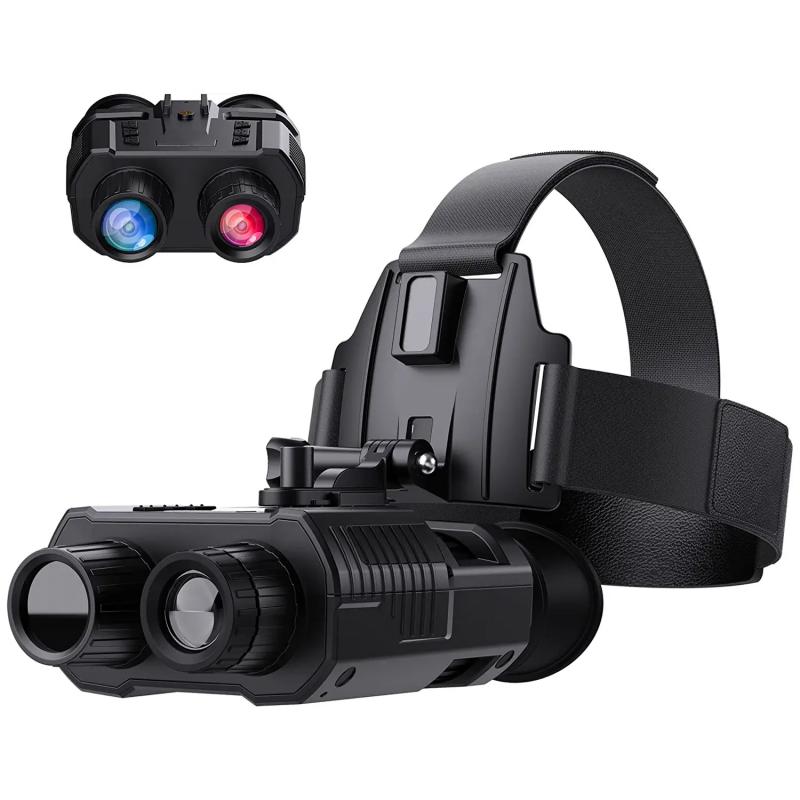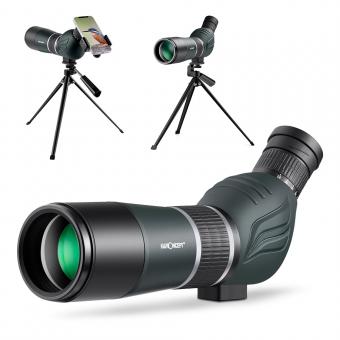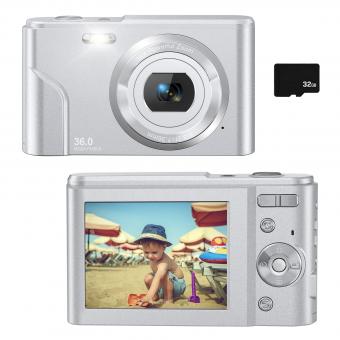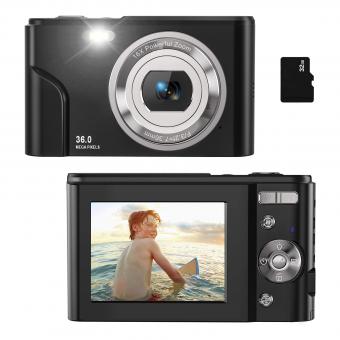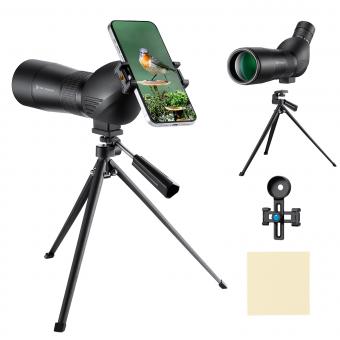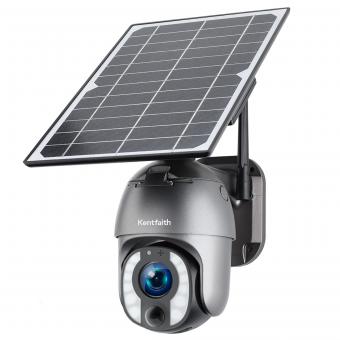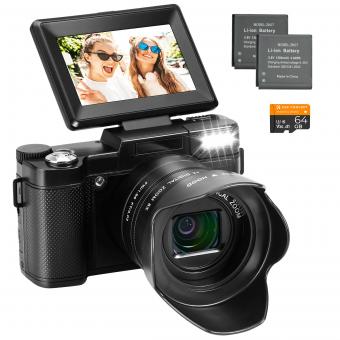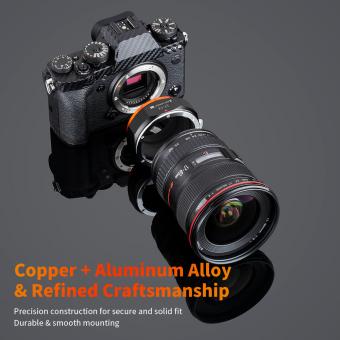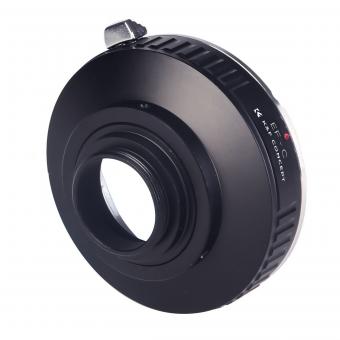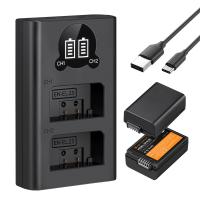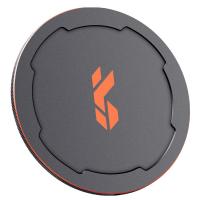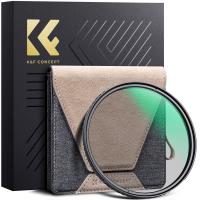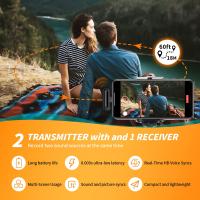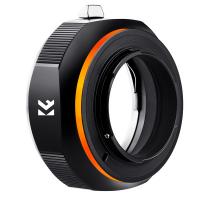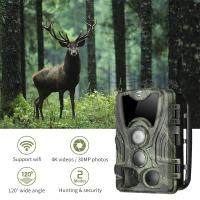Can Binoculars Zoom ?
Yes, binoculars can zoom. The level of zoom depends on the specific model of binoculars. Some binoculars have a fixed magnification, while others have a variable magnification that allows the user to zoom in and out. The level of zoom is usually indicated by two numbers, such as 8x42 or 10x50. The first number represents the magnification, while the second number represents the diameter of the objective lens in millimeters. Binoculars with a higher magnification provide a closer view of distant objects, but they may also be more difficult to hold steady and may have a narrower field of view. It is important to choose the right level of zoom for your needs and to consider factors such as the size and weight of the binoculars, as well as the quality of the optics.
1、 Magnification
Magnification is the ability of binoculars to make distant objects appear closer and larger. It is usually expressed as a number followed by an "x" (e.g. 8x or 10x), which indicates how many times closer the object will appear through the binoculars than with the naked eye. However, it is important to note that magnification alone does not determine the quality of the image. Other factors such as the quality of the lenses, coatings, and prisms also play a significant role.
As for the question of whether binoculars can zoom, the answer is both yes and no. Traditional binoculars have a fixed magnification, meaning that the level of magnification cannot be adjusted. However, some binoculars come with a zoom feature that allows the user to adjust the magnification level within a certain range. These binoculars are called zoom binoculars and are often used for activities such as birdwatching or hunting.
It is important to note that while zoom binoculars offer more flexibility in terms of magnification, they often sacrifice image quality for this feature. This is because the zoom mechanism adds complexity to the optics, which can lead to a decrease in image sharpness and clarity. Additionally, zoom binoculars tend to be more expensive than traditional binoculars of the same quality.
In summary, magnification is an important factor to consider when choosing binoculars, but it is not the only one. While some binoculars can zoom, this feature may come at the cost of image quality and a higher price tag.
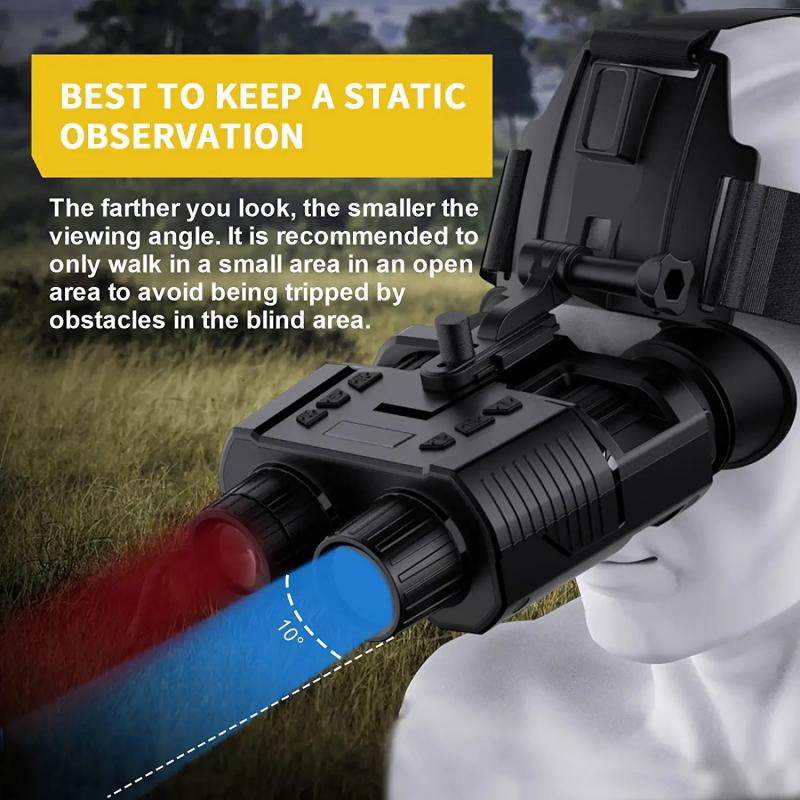
2、 Objective lens diameter
Can binoculars zoom? Yes, binoculars can zoom. Zoom binoculars have a variable magnification that allows the user to adjust the magnification level to their desired level. This is achieved through the use of a zoom lever or knob that adjusts the distance between the two sets of lenses, allowing the user to zoom in or out on the subject.
However, it is important to note that not all binoculars have zoom capabilities. Some binoculars have a fixed magnification level, which means that the user cannot adjust the magnification level. These binoculars are often preferred by birdwatchers and nature enthusiasts who require a stable image and a wider field of view.
Another important factor to consider when choosing binoculars is the objective lens diameter. This refers to the size of the front lenses of the binoculars and is measured in millimeters. The larger the objective lens diameter, the more light the binoculars can gather, resulting in a brighter and clearer image. However, larger objective lenses also mean heavier and bulkier binoculars, which may not be suitable for all users.
In recent years, there has been a trend towards compact and lightweight binoculars with smaller objective lens diameters. These binoculars are often preferred by travelers and hikers who require a portable and easy-to-carry option. However, it is important to note that smaller objective lenses may result in a dimmer image, especially in low-light conditions.
Overall, when choosing binoculars, it is important to consider both the zoom capabilities and the objective lens diameter, as well as other factors such as the type of prism, the quality of the lenses, and the durability of the binoculars.
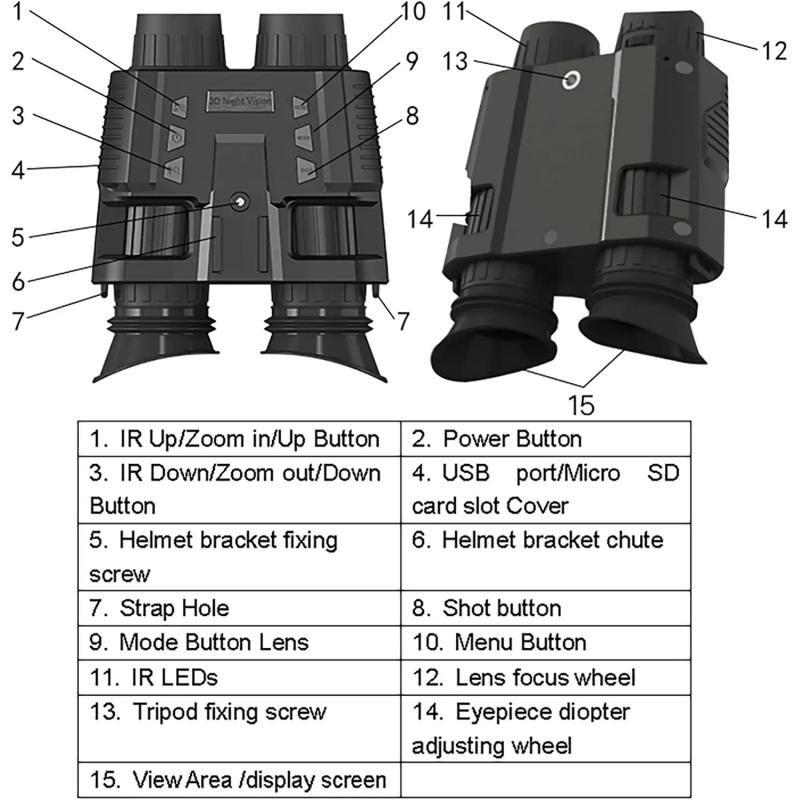
3、 Exit pupil
Can binoculars zoom? Yes, binoculars can zoom. Zoom binoculars have a variable magnification that allows the user to adjust the level of magnification to suit their needs. This is achieved through the use of a zoom mechanism that changes the distance between the objective lenses and the eyepieces.
However, it is important to note that not all binoculars have zoom capabilities. Some binoculars have a fixed magnification, which means that the level of magnification cannot be adjusted. Fixed magnification binoculars are often preferred by birdwatchers and nature enthusiasts who require a stable image and a wider field of view.
Another important factor to consider when choosing binoculars is the exit pupil. The exit pupil is the diameter of the beam of light that exits the eyepiece and enters the eye. It is calculated by dividing the diameter of the objective lens by the magnification. A larger exit pupil allows more light to enter the eye, which can be beneficial in low light conditions.
However, the size of the exit pupil is also dependent on the user's pupil size. As we age, our pupils become smaller, which means that a larger exit pupil may not be necessary. Additionally, if the user wears glasses, the exit pupil should be larger than the diameter of their pupils to avoid vignetting.
In summary, binoculars can zoom, but not all binoculars have zoom capabilities. The exit pupil is an important factor to consider when choosing binoculars, as it affects the amount of light that enters the eye.

4、 Field of view
Can binoculars zoom? Yes, binoculars can zoom. Most binoculars have a zoom feature that allows users to adjust the magnification level to get a closer look at distant objects. The zoom feature is usually controlled by a knob or lever located on the binoculars' body. By adjusting the zoom, users can increase or decrease the magnification level, which changes the size of the image they see through the binoculars.
However, it's important to note that not all binoculars have a zoom feature. Some binoculars have a fixed magnification level, which means that the user cannot adjust the magnification level. Fixed magnification binoculars are often preferred by birdwatchers and nature enthusiasts because they provide a wider field of view, which makes it easier to track moving objects.
Speaking of field of view, this is another important factor to consider when choosing binoculars. The field of view refers to the width of the area that can be seen through the binoculars. A wider field of view is generally preferred because it allows users to see more of their surroundings. However, a wider field of view often comes at the expense of magnification, so it's important to find a balance between the two.
In summary, binoculars can zoom, but not all binoculars have a zoom feature. The field of view is also an important factor to consider when choosing binoculars, as it affects how much of the surrounding area can be seen.
